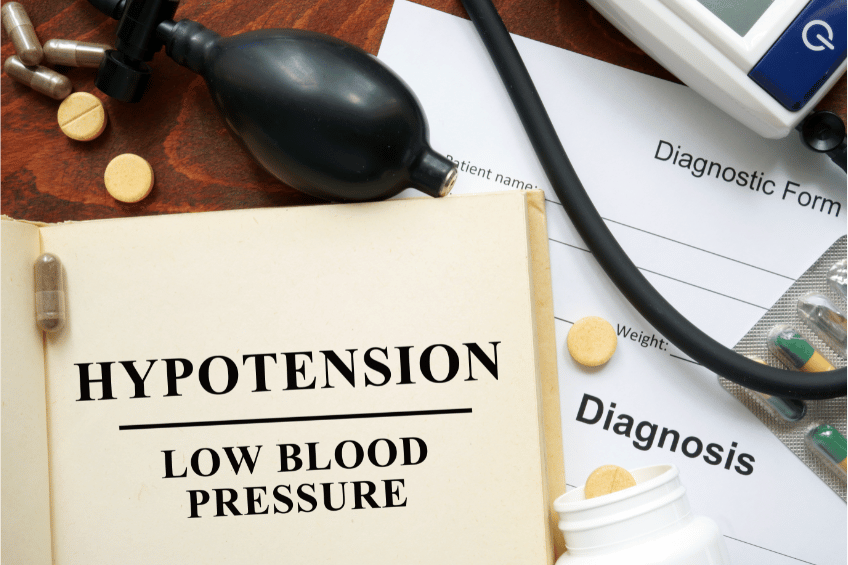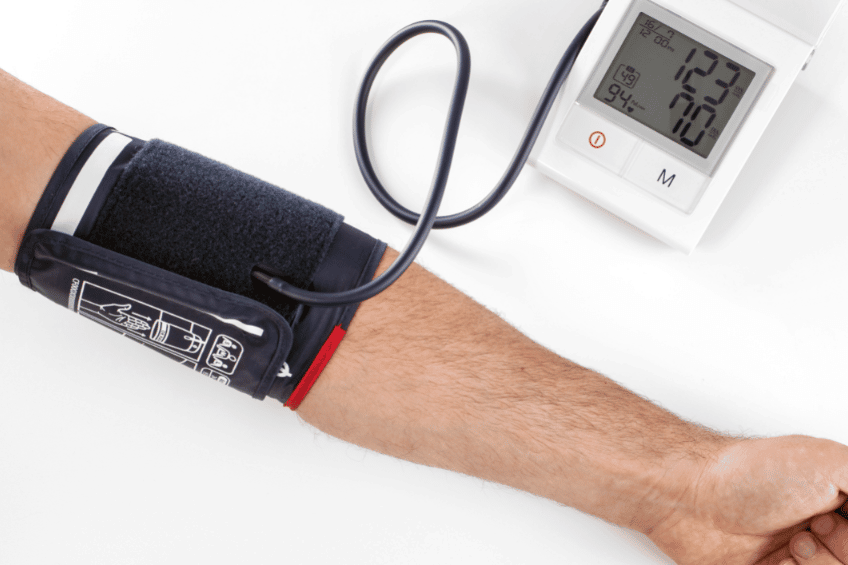Low Blood Pressure
As blood circulates through the body, it pushes against the arteries with every heartbeat. The force of blood pushing against artery walls is called blood pressure. Hypotension is when the blood pressure is too low. Unlike hypertension, hypotension is not a disease, but rather a symptom. It can be a sign of neurological disorders, dehydration or a side effect of a drug treatment.
Next, we will look through Top Symptoms of Hypotension, but for a better understanding, here is some information on the disease.
The manifestations of hypotension are not always of the same intensity and can be experienced very differently by different people. Some people suffer from it on a daily basis, while others, with identical blood pressure values, are hardly bothered at all and can live with it without any problems.
What Is Low Blood Pressure?
Hypotension is defined by an abnormal decrease in the pressure of blood, which means that it is too low in the blood vessels. As a result, blood flow to some of the vital organs, such as the brain and lungs, may be restricted.
The normal value of blood pressure is considered to be 120/80, 120 mmHg for systolic pressure (the pressure that occurs during a heartbeat, when the heart contracts) and 80 mmHg for diastolic pressure (the pressure between two heartbeats, when the heart relaxes).
Low blood pressure is a reading of less than 90/60mmHg. A sudden fall in blood pressure can be dangerous. A change of just 20 mm Hg — a drop from 110 mm Hg systolic to 90 mm Hg systolic, for example — can cause dizziness and fainting.

Risk Factors
Anyone can have low blood pressure. It can be in a constant state or appear due to environmental factors. Risk factors may include:
- Age: Orthostatic or postprandial hypotension occurs primarily in adults older than 65. Neurally mediated hypotension primarily affects children and younger adults;
- People with endocrine diseases;
- Pregnant women or those with very heavy periods;
- People under treatment: antihypertensives, antidepressants, anxiolytics or neuroleptics.
What Causes Low Blood Pressure?
There are three main types of hypotension:
Orthostatic hypotension: this is the phenomenon that occurs when you get up too quickly from lying down. The body does not have time to adapt and the blood pressure drops, which causes a sensation of dizziness and a veil in front of the eyes. It is possible to feel as if you are about to fall, or no longer see on the sides, but only in front. More rarely, unexplained or repeated falls may occur.
Postprandial hypotension: it usually occurs after a heavy meal, especially with older people. The blood flow, concentrated on the stomach and intestines to promote digestion, can then cause a decrease in blood pressure.
Intracranial hypotension is a decrease in blood volume in the cranium, which can cause neurological problems.

Several other factors may be involved in the development of low blood pressure:
- Dehydration: When the body doesn’t have enough water, the amount of blood in the body (blood volume) decreases.
- Diabetes (because it can damage the nervous system).
- Pregnancy: it’s common for blood pressure to drop during the first 24 weeks of pregnancy.
- Nutritional deficiencies: A lack of the vitamin B12 and folic acid can cause anemia, which in turn can lead to low blood pressure.
- Drugs.
- Excessive alcohol consumption.
- Prolonged exposure to heat.
- Diseases that affect the nervous system, such as Parkinson’s disease or multiple sclerosis.
- Prolonged bed rest.
- Certain medications (antidepressants, anxiolytics, neuroleptics ….).
- Cardiovascular problems – stroke, heart failure, myocardial infarction, irregular heart rhythms (arrhythmias).
- Insufficiency of the adrenal gland.
- Diseases of the thyroid gland.
- Large blood loss from a major trauma, dehydration or severe internal bleeding. As blood volume reduces dramatically, it causes a severe drop in blood pressure, and can be the cause of a shock.
- Important varicose veins: It is possible that a large amount of blood can stagnate in the varicose veins.
- Head trauma.
- Anaphylactic shock.
- An infectious disease.
